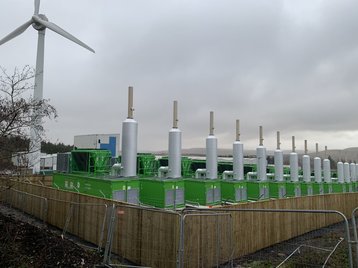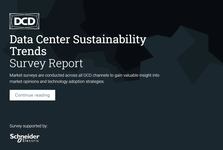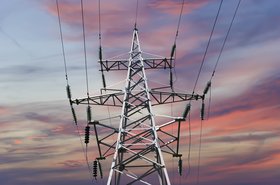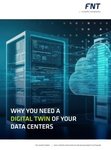Investment manager Quinbrook Infrastructure Partners has launched a cloud-based carbon accounting package designed to give large energy customers real-time figures on their carbon impact.
Quintrace is a cloud-based service, which matches hourly renewable energy sources with energy consumption by large offtake customers. Quinbrook says it enables hourly matching of carbon emissions from energy consumption against energy produced from renewable sources while adhering to the latest carbon accounting standards.
Hourly tracing of carbon emissions and renewable power purchases has become a key issue. Many operators rely on simply matching the quantity of energy they use, against renewable energy produced at a different time and place, but this has been shown to be ineffectual in reducing emissions.
Unless data centers match their energy use hour-by-hour against renewable sources, they will add to emissions produced, because they will use fossil power at peak demand or when there is no renewable energy on the grid.
"Major energy consumers are now demanding real-time verification of the source of both their renewable power supplies and non-renewable supplies along with granular carbon reporting of net carbon intensity in order to meet increasingly stringent carbon accounting and reporting regulations," said the release from Quinbrook, an investment manager which funds a lot of renewable energy projects, as well as data center developer Rowan Digital Infrastructure (aka Rowan Green Data).
The Quintrace tool is a centralized dashboard that gathers power supply and consumption data, delivered via the cloud. Quinbrook says this lets users trace the source of "every kilowatt-hour (kWh) consumed at their operational facilities" and match it to the renewable energy supply projects they support, on a 24/7 basis.
The product takes data in real-time from wind, solar, or battery storage projects, and combines that with the hourly carbon intensity of energy the customer buys from the grid, giving a figure for each facility's net carbon impact.
“As many corporations focused on sustainability now realize, there is a typical mismatch between the times when the renewables projects they buy power from are generating compared to when their facilities are consuming power," said David Scaysbrook, co-founder and managing partner of Quinbrook.
"Moreover, it’s now critical to know the carbon intensity of the grid power being used to charge batteries before that stored energy is supplied to a customer," he continued. "Companies must be able to prove and audit their carbon footprint reductions along with the need to meet increasingly stringent carbon reporting that presents huge and costly challenges. Knowing what your real and auditable footprint is to defend greenwashing claims and track genuine carbon impact is now an acute business need. The urgent customer need is exactly why we created Quintrace."
The product meets the Greenhouse Gas Protocol, as well as emerging standards like EnergyTag, and lets users align renewable energy generation with consumption across multiple project and site portfolios. It simplifies the management of different kinds of renewable energy certificates (RECs, EACs, etc).
Quinbrook claims this pretty much automates regulatory compliance, and also lets customers optimize commercial and carbon goals in real time. It also lets the user model the sustainability results of potential investment decisions.
The company will use the product within its own portfolio of energy production and data center companies, as well as with its customers in the US, UK, and Australia.
James Allan, senior director and head of Digital Applications said, “Quintrace includes one of the first applications of the EnergyTag hourly certificate standard to real-world assets on an operational basis."
Quinbrook Australian reseller Energy Locals, a Quinbrook subsidiary, is using Quintrace to track the source of renewable supply and demand at community energy sites across Sydney.
So far this year, Allan says, Energy Locals has found that only 32 percent of power consumption at its Schofields Garden site was matched by onsite renewable energy and battery storage on a 24/7 hourly basis. "This rises to 79 percent hourly renewable supply when including offsite supply under PPA," says Allan. "That is a game changer.”






